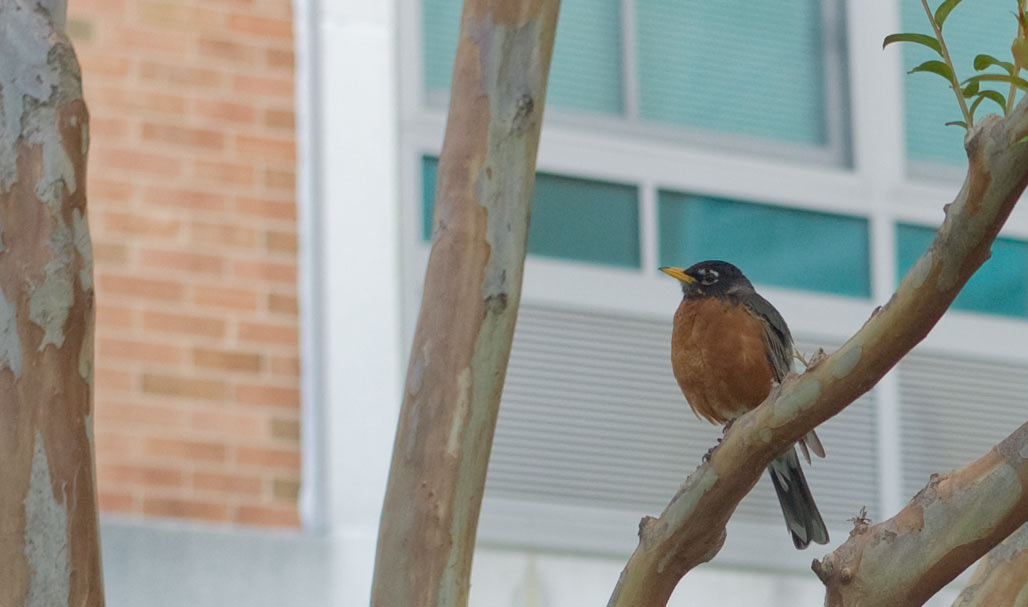
I wonder if the homeowner could request help to daylight this stream?
Category: environment
green and gray infrastructure
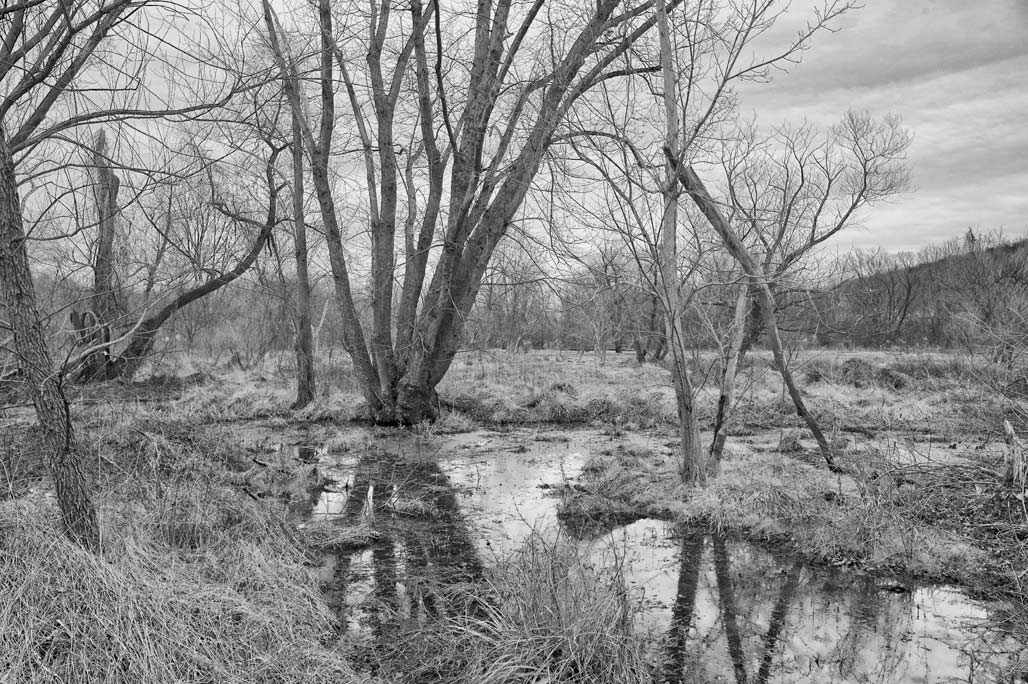
Pictured above, existing wetlands on the north bank of Moore’s Creek upstream from its intersection with the Rivanna
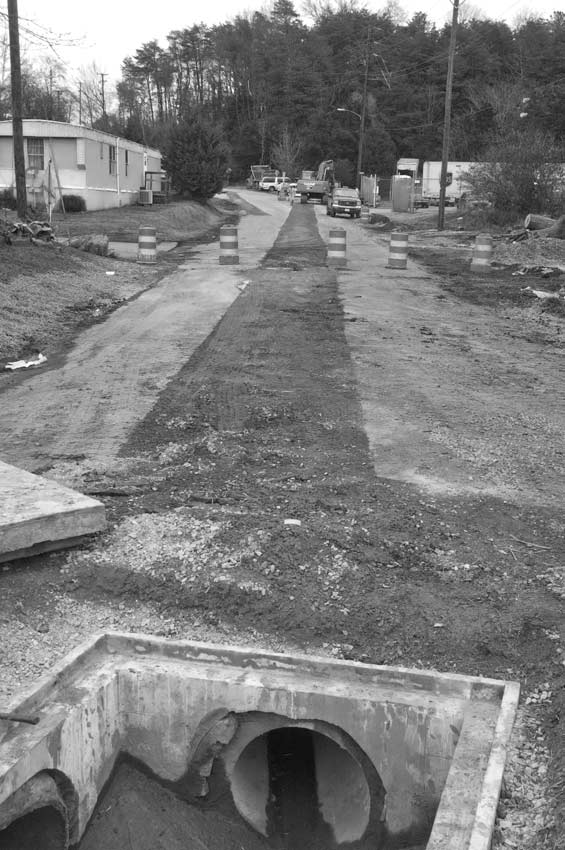
Pipe which will convey stormwater to the wetlands.
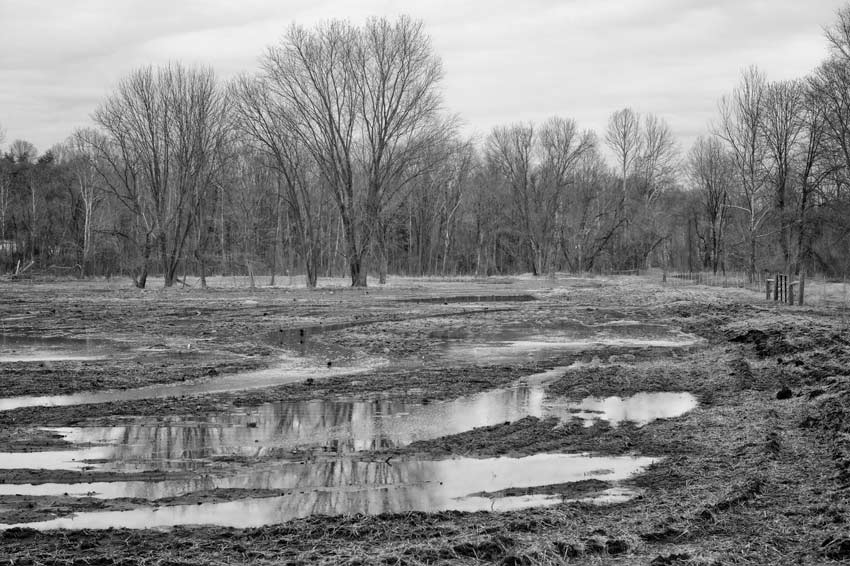
Five acres of wetland under construction.
Why Trees Matter
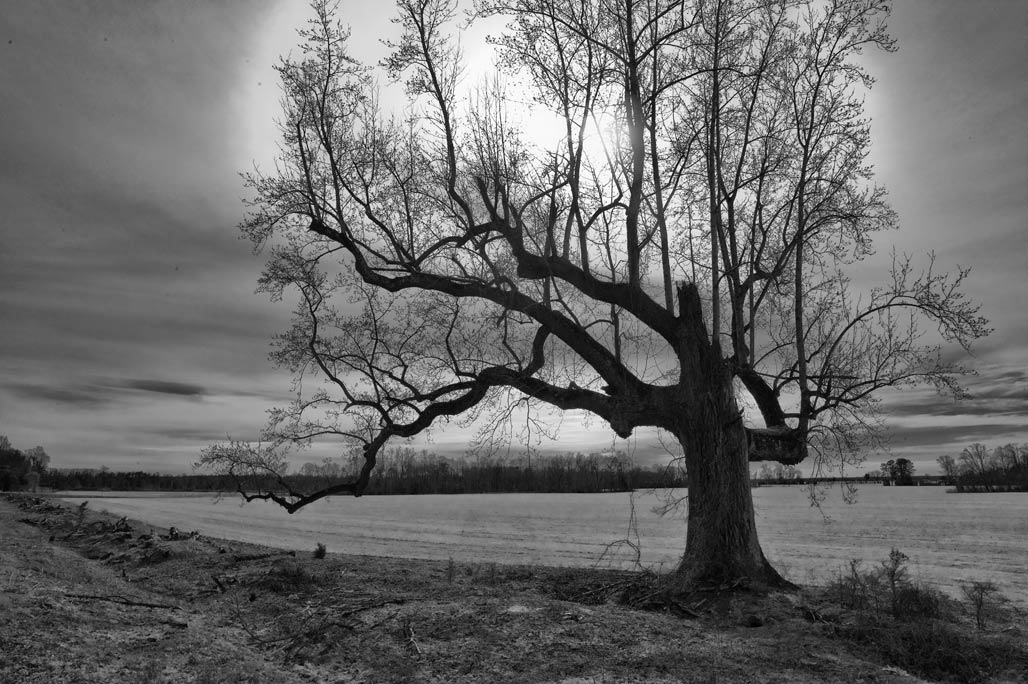
By JIM ROBBINS
Helena, Mont.
TREES are on the front lines of our changing climate. And when the oldest trees in the world suddenly start dying, it’s time to pay attention.
North America’s ancient alpine bristlecone forests are falling victim to a voracious beetle and an Asian fungus. In Texas, a prolonged drought killed more than five million urban shade trees last year and an additional half-billion trees in parks and forests. In the Amazon, two severe droughts have killed billions more.
The common factor has been hotter, drier weather.
We have underestimated the importance of trees. They are not merely pleasant sources of shade but a potentially major answer to some of our most pressing environmental problems. We take them for granted, but they are a near miracle. In a bit of natural alchemy called photosynthesis, for example, trees turn one of the seemingly most insubstantial things of all — sunlight — into food for insects, wildlife and people, and use it to create shade, beauty and wood for fuel, furniture and homes.
For all of that, the unbroken forest that once covered much of the continent is now shot through with holes.
Humans have cut down the biggest and best trees and left the runts behind. What does that mean for the genetic fitness of our forests? No one knows for sure, for trees and forests are poorly understood on almost all levels. “It’s embarrassing how little we know,” one eminent redwood researcher told me.
What we do know, however, suggests that what trees do is essential though often not obvious. Decades ago, Katsuhiko Matsunaga, a marine chemist at Hokkaido University in Japan, discovered that when tree leaves decompose, they leach acids into the ocean that help fertilize plankton. When plankton thrive, so does the rest of the food chain. In a campaign called Forests Are Lovers of the Sea, fishermen have replanted forests along coasts and rivers to bring back fish and oyster stocks. And they have returned.
Trees are nature’s water filters, capable of cleaning up the most toxic wastes, including explosives, solvents and organic wastes, largely through a dense community of microbes around the tree’s roots that clean water in exchange for nutrients, a process known as phytoremediation. Tree leaves also filter air pollution. A 2008 study by researchers at Columbia University found that more trees in urban neighborhoods correlate with a lower incidence of asthma.
In Japan, researchers have long studied what they call “forest bathing.” A walk in the woods, they say, reduces the level of stress chemicals in the body and increases natural killer cells in the immune system, which fight tumors and viruses. Studies in inner cities show that anxiety, depression and even crime are lower in a landscaped environment.
Trees also release vast clouds of beneficial chemicals. On a large scale, some of these aerosols appear to help regulate the climate; others are anti-bacterial, anti-fungal and anti-viral. We need to learn much more about the role these chemicals play in nature. One of these substances, taxane, from the Pacific yew tree, has become a powerful treatment for breast and other cancers. Aspirin’s active ingredient comes from willows.
Trees are greatly underutilized as an eco-technology. “Working trees” could absorb some of the excess phosphorus and nitrogen that run off farm fields and help heal the dead zone in the Gulf of Mexico. In Africa, millions of acres of parched land have been reclaimed through strategic tree growth.
Trees are also the planet’s heat shield. They keep the concrete and asphalt of cities and suburbs 10 or more degrees cooler and protect our skin from the sun’s harsh UV rays. The Texas Department of Forestry has estimated that the die-off of shade trees will cost Texans hundreds of millions of dollars more for air-conditioning. Trees, of course, sequester carbon dioxide, a greenhouse gas that makes the planet warmer. A study by the Carnegie Institution for Science also found that water vapor from forests lowers ambient temperatures.
A big question is, which trees should we be planting? Ten years ago, I met a shade tree farmer named David Milarch, a co-founder of the Champion Tree Project who has been cloning some of the world’s oldest and largest trees to protect their genetics, from California redwoods to the oaks of Ireland. “These are the supertrees, and they have stood the test of time,” he says.
Science doesn’t know if these genes will be important on a warmer planet, but an old proverb seems apt. “When is the best time to plant a tree?” The answer: “Twenty years ago. The second-best time? Today.”
(I saw Jim Robbins’ essay in the New York Times, April 2012. It is reprinted here with his permission.)
happy birthday
Rt 29 No

I received a request from China for pictures of Charlottesville so I biked north via the John Warner Parkway to our “Main Street”, the curiously named Seminole Trail. Why is it named that? No one seems to know.
Most likely it was a trick. Mad Men work, advertising to attract the gullible.
It is a remarkable area, this Seminole Trail, a land of many lakes and places to shop. The lake above was built in association with the newly constructed Arden Place. The name sounds so wonderful, Arden, garden, ardent, verdant…
Arden has some advertising literature which really nails the essence of this area…
Neither urban, nor rural. Rather, uptown vibrancy.
Arden Place is a luxury Charlottesville apartment community offering unparalleled levels of quality and service. Located off Route 29 No. in the center of the area’s best shopping, dining, and entertainment, you’ll find you have more time to spend on what is important to you.
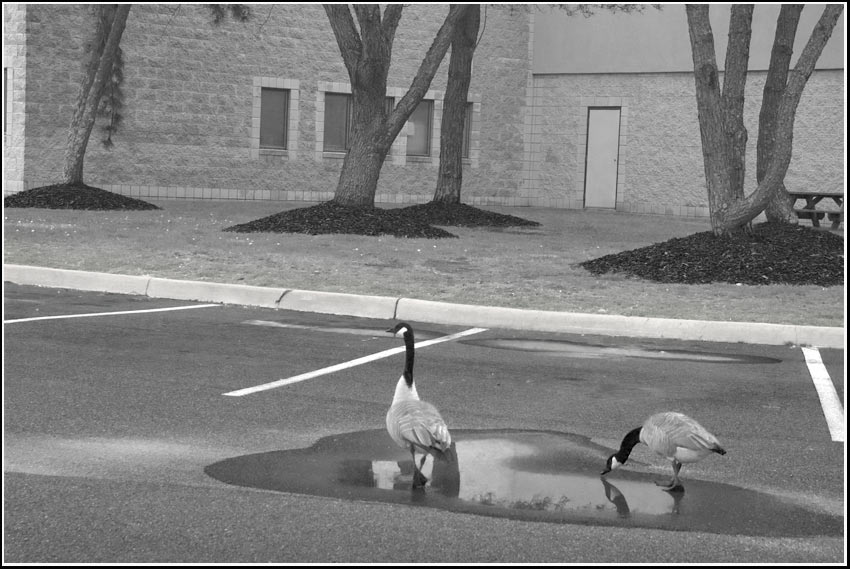
Headed South on the Seminole Trail I encountered Wildlife. One wonders why these creatures would prefer a parking lot to the aquatic expanses of a detention pond?

This is an informal detention pond on the west side of Route 29.
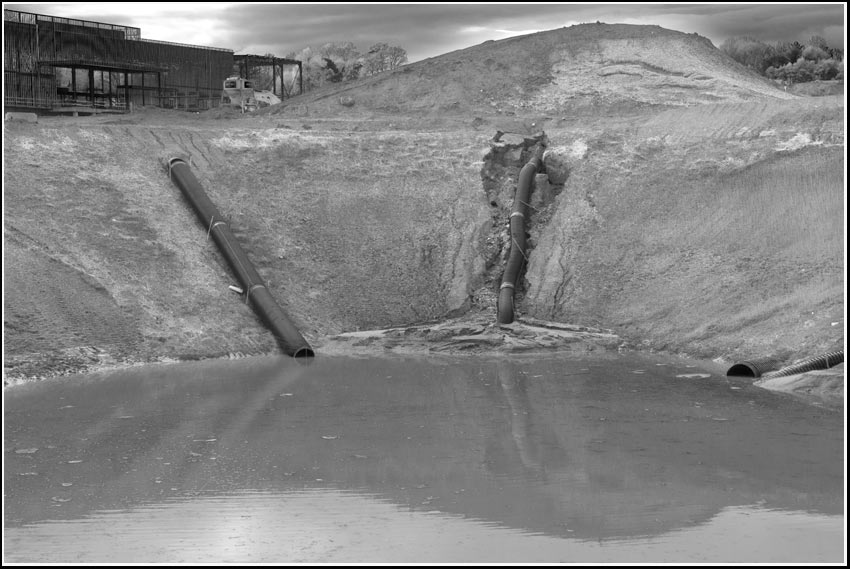
This is a formal detention pond in the course of construction. At a later date nature band-aids will be added to its gently sloping sides.
Possibly geese seek out parking lots because they are upstream of these ponds, closer to the source (rainfall) and therefor comparably pristine?
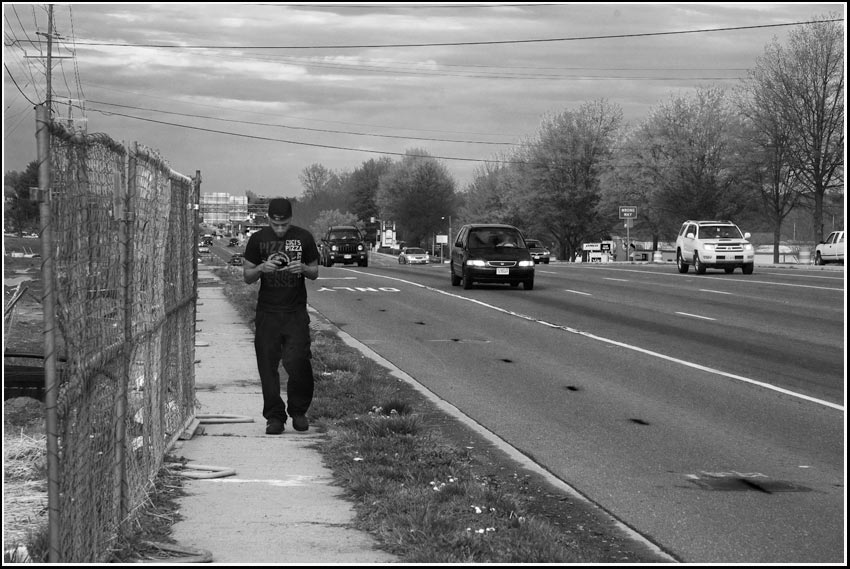
In the course of my three mile ride along Rt 29 (from Arden Place to Barracks Road) I saw one pedestrian.

Ended my ride in the East Belmont/Carlton section of Charlottesville.
(Please, if you can direct me toward a silviculture resource for dry ponds and extended detention dry basins do so. It seems that these pits offer new ground for growing fabulous specimen trees in an urban setting.)
Caprica

contrails, Rivanna floodplain.
Pantops
AZ
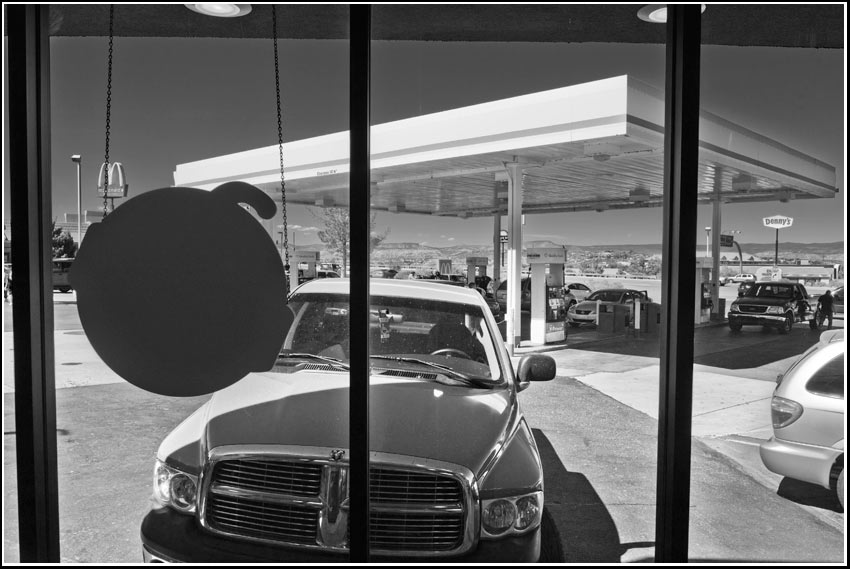
Collateral damage
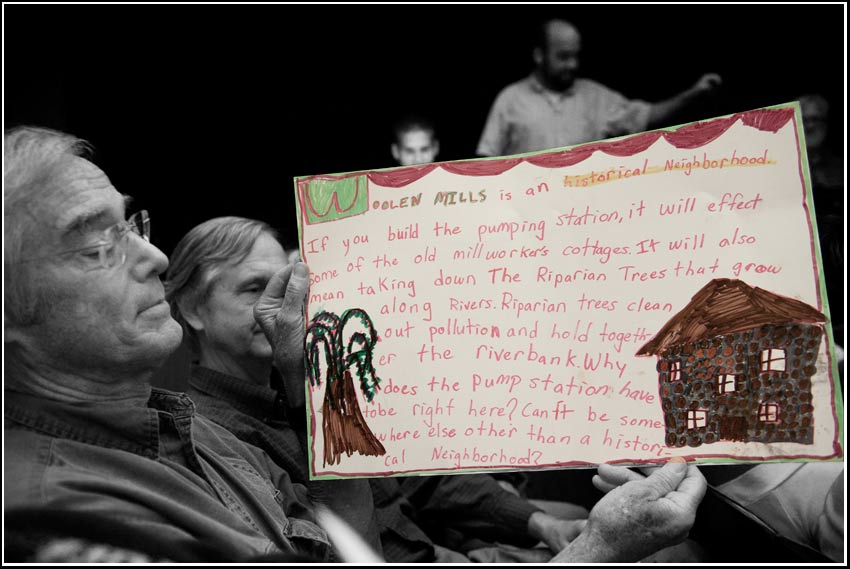
This afternoon the RWSA Board of Directors will continue to address the issue of sanitary sewer overflows (SSO’s) occurring in their transmission system secondary to failed infrastructure (leaky pipes) that are part of the collection system.
Fixing the pipes is the expensive option, 400 million to 2 billion dollars.
Building a new sewage pumping plant is the quick fix for SSO’s and comparatively inexpensive (labor and materials cost 25-37 million dollars).
The concern of central Virginians is the collateral damage, the loss of value to our region. Pumping plant plan pricetags discussed to date do not reflect collateral damage costs, damage to the social, economic and cultural fabric at the foot of Monticello Mountain, impacts to a city park, the primary gateway to the Rivanna River, impacts to a national historic district and impacts to a neighborhood.
The overall cost of the project, to date, has not reflected the cost of locating the pumping station in “the wrong place”.
The cost of building a new 53 million gallon per day pumping plant must include the costs to mitigate its calamitous side effects, costs not reflected in the “materials and labor” estimate.
Mr. Jefferson’s River
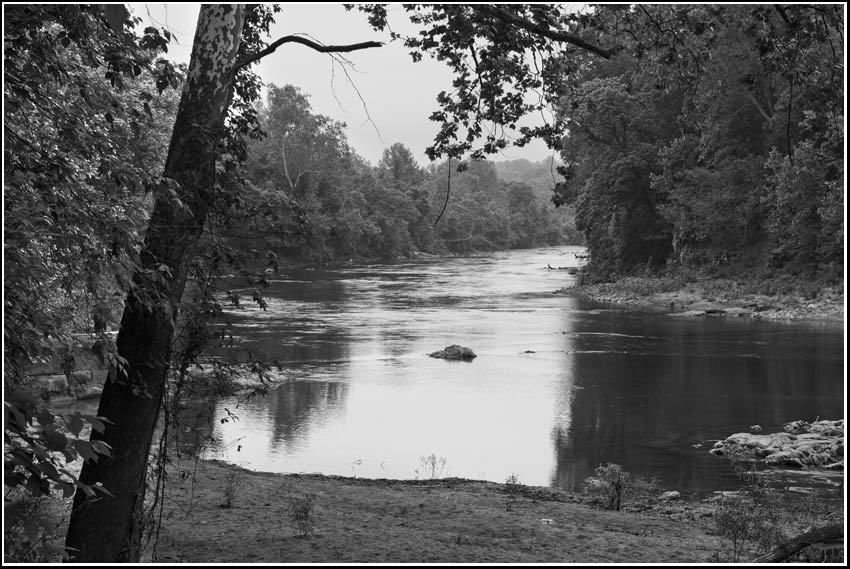
In 2005 the RWSA “discovered” that in wet weather events leaky pipes and insufficient “transmission capacity” meant that they were losing around 20-25 million gallons of sewage. Where was this liquor going? Into Mr. Jefferson’s river.
Some leaky pipe fixing was begun, 25% of the leaks are slated to be fixed by 2020.
But, that leaves a whole lot of mixed liquids and suspended solids (yeck) burping into the waters of the State of Virginia.
Tonight, Charlottesville City Council holds a public hearing on the subject of how best to deal with this environmental catastrophe.
From the beginning, RWSA has solicited input from the public, “give us your ideas. Think outside the box”. The public has responded with some good ideas which are generally dismissed.
For instance, the Public said “fix the leaky pipes”. Nope, too expensive, no one in the sewage industry tries to fix all the leaky pipes.
One of the RWSA fix options (they call them concepts) was dismissed by City Council, that concept was to locate a massive sewage pumping plant (53mgd capacity) in Riverview Park, the Community’s primary gateway to the river.
Now RWSA is advocating locating the pumping plant at the foot of Monticello Mountain, 6/10ths of a mile from Mr. Jefferson’s crib, this plan is known as option D.
Locating the pumping plant on the northwest face of Monticello Mountain would require the destruction of the riverine environment visible on the left side of the river above. All those trees have to go.
The public has suggested option E. which avoids destroying environmental resources and threatening the architectural resources of the Woolen Mills Village National Historic District. Option E doesn’t threaten anyone or anything. Option E is a bored pathway, in existing easements, to the Moore’s Creek Wastewater Treatment Plant.
Option E will be expensive. It is cheaper to leave the burden of transmitting the sewage from 43 square miles of County, City and University land squarely on the shoulders of property owners and residents in the Woolen Mills.
What will City Council recommend? What will the RWSA Board vote for?
We long for the day when fact based decision making trumps politics and when our community is reconnected with its River. Voting for option E would bring that day closer.
